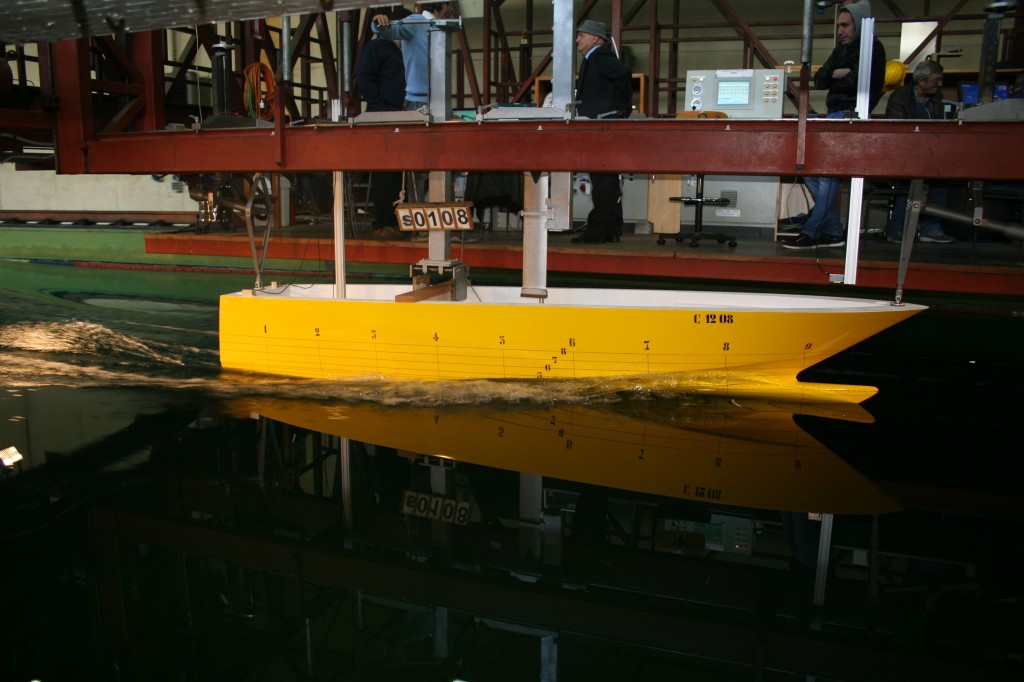Naval Architecture & Marine Engineering
In general, “Arrabito Naval Architects” take charge, direct and coordinate the “basic design” procedure, as we consider of utmost importance that the whole project is performed under the Naval Architect responsibility.
We find that an intense, continuous, interactive and symbiotic job between naval architects, designers and shipyard is simply necessary, supported by the Owners inputs and their full involvement.
1. General feasibility study from a concept layout and exterior/interior preliminary plans
This is generally the first phase, where the naval architect prepares a detailed analysis of the concept design as sketched by the designer, and where preliminary hull lines and hull ‘working’ subdivision is also drafted, in order to start a first feasibility study
This is the most delicate moment of the whole project, when the naval architect and the designer must work daily together.
2. Hull Lines design
Traditionally this is our Company’s most important and conceptual task in all projects.
It requires a lot of time to get to the final version.
In most cases we test our own hulls at the Naples University (IT) tank tests Institute, but also at the SSPA in Goteborg, for larger size ships design.
3. Advanced structural design
We calculate in-house through direct calculation or FEM all scantlings data for hull, deck, superstructure in advanced composites, either for eventual infusion procedure, or in aluminium or steel and aluminium.
We supply all construction drawings Booklet and lamination schedules for each element.
We take care of the whole relationship with RINA Register to get relevant either Class or CE certification, which implies getting RINA approved calculations and booklets.
We generally take care of the whole relationship with MCA too, if required.
4. Weight Calculation , Trim and Stability Booklet
This is one of most difficult operations that we care about.
It generally takes about one third of the whole project efforts and requires the boatyard technical office strict cooperation, since lot of weights are determined by the boatyard specific standards.
All trim and stability calculation tests are executed and we prepare the necessary preliminary SIB, as well as definitive Stability Informations Booklets calculations.
5. Propulsive Study
This item is directly connected with Hull Lines Design and develops in a numberless propulsion options, such as:
-
Traditional direct shaft line propulsion system
-
Traditional V-drive shaft line propulsion system
-
ECO electric motion system
-
Water-jets propulsion system
-
IPS propulsion system
-
Rolls Royce Azipull system
6. Basic Engine Room Design
This item is generally studied for the layout feasibility and above mentioned item 4.
This is usually completed in collaboration with the boatyard’s technical office, though often developed in detail by our staff too.
7. Systems Design
System schemes are developed to obtain the RINA /ABS / LLOYD’s approval and for a preliminary weights and weights allocation loop.


